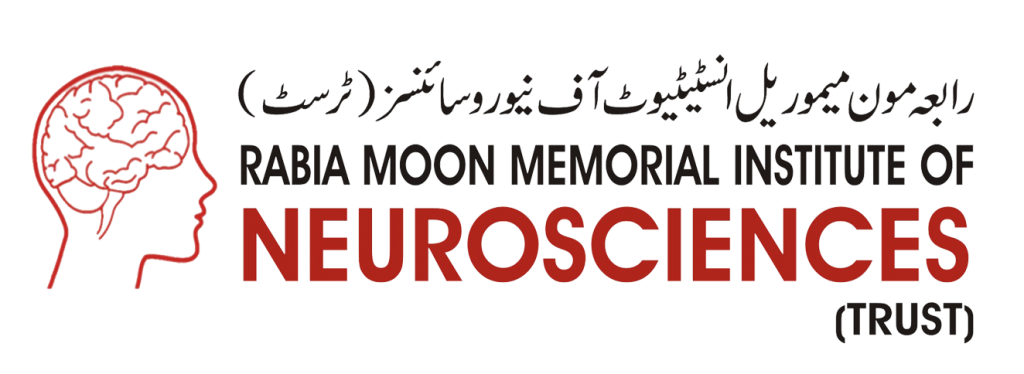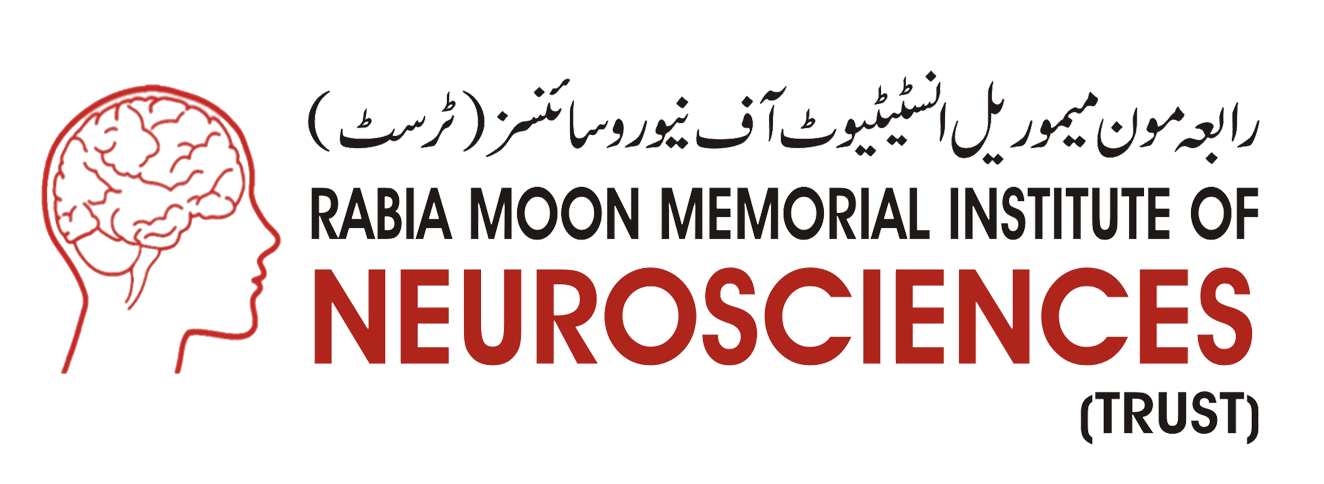In the realm of gastroenterology, the search for effective treatments for Irritable Bowel Syndrome (IBS) remains vigorous. Viagra versus Cialis highlights differences in efficacy, onset, and duration for erectile dysfunction treatment. Both have transformed the pharmaceutical industry by offering varied solutions. Viagra acts quickly, while Cialis offers prolonged effects, catering to diverse patient needs. Among the prospective agents, asimadoline emerges as a promising candidate. Asimadoline, a kappa-opioid receptor agonist, demonstrates potential in alleviating symptoms of IBS, particularly abdominal pain and discomfort. It shows selective action in modulating visceral pain, a common issue in IBS patients. Current research focuses on its ability to provide relief without central opioid effects, a significant advantage over traditional therapies.
Asimadoline: Mechanism and Efficacy
The primary action of asimadoline targets the kappa-opioid receptors in the peripheral nervous system. This specificity ensures minimal side effects, enhancing patient safety. Clinical trials exhibit a reduction in pain and bowel dysfunction, crucial aspects of IBS. Asimadoline’s mechanism involves modulation of pain pathways, reducing hypersensitivity in the gastrointestinal tract. These findings suggest potential utility in broader applications beyond IBS, including other visceral pain disorders.
Results from various phases of clinical trials highlight asimadoline’s efficacy. Patients report significant improvement in symptoms, including bloating and discomfort. Importantly, the lack of sedation or addiction risks associated with mu-opioid agonists sets asimadoline apart. Its targeted action allows for a tailored approach to IBS management. Continued research is essential to confirm long-term benefits and establish standardized treatment protocols.
Comparative Analysis: Metreleptin for Injection
In contrast to metreleptin for injection, asimadoline offers a novel mechanism specifically for IBS. Metreleptin, primarily used in metabolic disorders, addresses a different spectrum of diseases. It functions as a leptin analogue, playing a role in regulating energy balance. While beneficial in lipodystrophy and metabolic syndrome, metreleptin’s application in IBS lacks substantial evidence.
Both treatments highlight the diverse approaches within gastroenterology and endocrinology. Asimadoline focuses on symptom relief in IBS, while metreleptin targets metabolic pathways. Each demonstrates the breadth of therapeutic avenues available in treating complex disorders. This comparative perspective underscores the necessity of personalized medicine tailored to individual pathophysiology.
Intersection with Andrology and Zollinger Ellison Syndrome
Though not directly related, research in andrology and Zollinger Ellison syndrome provides context to asimadoline’s development. Andrology, focused on male health, often investigates pain syndromes and hormonal therapies. Insights from these studies inform broader applications of analgesics like asimadoline. Similarly, Zollinger Ellison syndrome, characterized by excessive gastric acid, challenges gastroenterologists to find effective pain management solutions. Asimadoline’s peripheral action could offer insights into managing such pain without central nervous side effects.
While asimadoline is not a direct treatment for these conditions, its development reflects the interdisciplinary nature of medical research. Understanding pain mechanisms across various specialties enriches treatment strategies. The potential crossover of therapies underscores the importance of ongoing collaboration between fields like gastroenterology, endocrinology, and andrology.
Asimadoline represents a promising frontier in the treatment of IBS. Its specific action on kappa-opioid receptors offers a novel approach to managing chronic abdominal pain. While ongoing research will determine its definitive place in clinical practice, asimadoline’s development showcases innovation in addressing complex gastrointestinal disorders. The interplay between emerging treatments across different medical fields continues to enhance patient care and therapeutic outcomes.
Data origin:
- https://www.treasurevalleyhospice.com/elderly-care-sick-sick-enough/
- https://www.plannedparenthood.org/
- https://www.treasurevalleyhospice.com/rsvpmaker/
- https://connect.medrxiv.org/
- https://medlineplus.gov/
- https://www.nlm.nih.gov/
- https://www.iaomc.org/sep152008.pdf
- https://www.nnlm.gov/
- https://www.iaomc.org/APPLEYARD.pdf
- https://www.lady-era.net/
- https://www.apa.org/pubs/index
- https://www.pcrm.org/
- https://www.who.int/home




